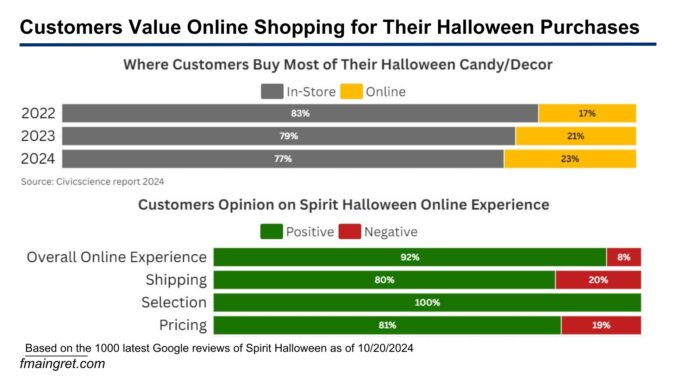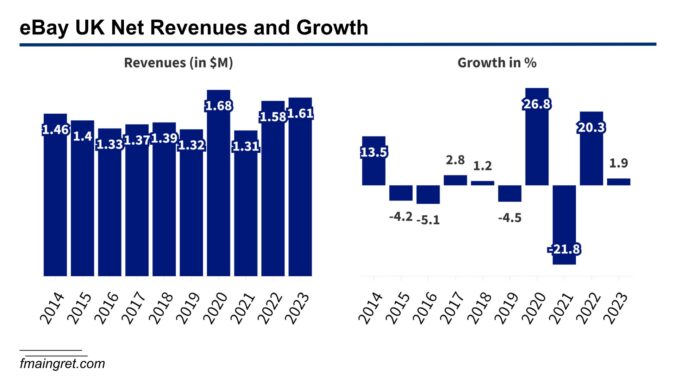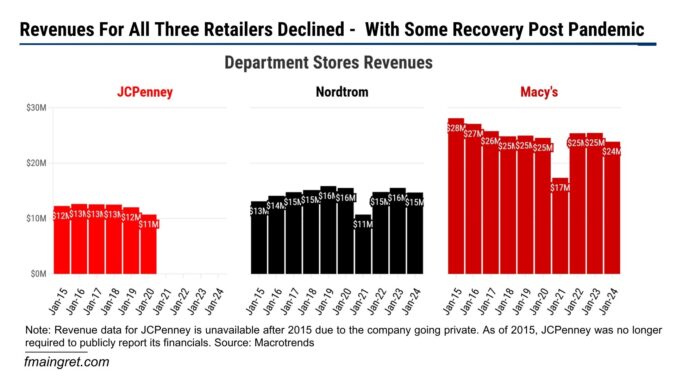It’s a rare day when I don’t see complaints about the fees Amazon and other platforms charge. And I understand, the cost of doing business online is becoming unsustainable for many SMBs.
Is the solution to emulate China’s e-commerce regulator and ask platforms to charge reasonable fees and better support small businesses?
Would that encourage people to start businesses and innovate, or would that create even more clutter on these marketplaces? Not to mention how complex this would be from a legal standpoint.
Ideally, we would be able to see new sales channels emerge, with more reasonable fees, that would allow SMBs to breathe. But network effects make it very difficult for new entrants to grow. And it looks like whenever a platform reaches a critical size (Amazon, Walmart, eBay…), it aligns its fee structure close to the ever-increasing industry standard. I am not saying there is price fixing among e-commerce giants, but this creates a very difficult environment for sellers.
What is the solution? At a large scale, I don’t know. At a smaller scale, it is more important than ever for businesses to create products and services that have healthy margins and don’t only rely on sales channels they don’t fully control.
Tag: online sales (Page 1 of 6)
Are we about to see department stores return to their former glory, or are they a relic of the past? Only time will tell. However, reading business news makes me a little pessimistic about their future. Maybe I missed something big here, but the latest news on JCPenney led me to think the company won’t make a comeback anytime soon.
Continue readingWhat do you do when the ugly sweater you got for Christmas doesn’t fit? Chances are, it’s pretty easy to return it—and maybe even hopefully exchange it for something you actually like. Now, multiply this by millions of dissatisfied customers, and you’ve got “Returnuary,” a term I have recently read in the news to describe the period of time in January, after the holidays, when retailers see an influx of returns.
The scary part? According to an article published on PYMNTS, the rate of product returns went from 8.8% in 2012 to 14.5% last year. Returns aren’t just a pain for retailers —reverse logistics are also a massive expense.
Continue readingI’ve made many questionable investment decisions over the years, but buying Walmart stock is not one of them. Don’t worry, I’m not here to give personal finance advice, but rather to talk about the retail giant and how it compares to the current king of ecommerce, Amazon.
For many years, Amazon has dominated the ecommerce world, performing much better than all of its competitors. But 2024 was different: Walmart is no longer flying under the radar and is getting more attention from marketers. But how big is it really?
Continue readingBenjamin Franklin may have said, “In this world, nothing is certain except death, taxes, and supply chain nightmares before the holidays.” And I’d agree with him. To be fair, the marketplace has become so competitive and complex that large variations in volumes are bound to create some troubles. However, it seems like this year has been especially challenging for those selling through Amazon FBA.
Should we blame the port strike earlier this year, larger volumes of inventory being shipped, or other factors? In today’s article, I’d like to go over what happened with Amazon and see how the company is dealing with it. We’ll then look at how sellers were impacted, but more importantly, why fixing these issues is critical for the ecommerce titan.
Continue reading
Zombies and Witches Favor Online Shopping: How Spirit Halloween’s Online Strategy Meets Their Expectations
If you live close to a large city, you’ve probably seen all these Spirit Halloween stores popping up recently. It’s impossible to miss them with their bright orange signs. I find it impressive that a company can generate enough revenue during the Halloween season to have the resources to open all of these temporary locations. But what’s even more impressive is that, even when operating within such a short time frame, they place a heavy focus on the online experience.
Let’s see how this company operates and review some key parts of their online strategy. Spirit Halloween recently added some interesting shipping options and seems to perform well online. Halloween is certainly an interesting time of year for businesses, and I thought it would be insightful to examine one of these extremely seasonal businesses that succeed online.
Continue reading
When Most Marketplaces Increase Fees, eBay Removes Them for Private Sellers: Why Would They Do That?
One of the biggest complaints among Amazon, Walmart, or TikTok Shop sellers is the ever-increasing fees. But eBay UK has taken the opposite direction for private sellers (those who sell items occasionally for personal reasons, without the primary intention of making a profit or running a business). eBay UK has removed selling fees for private sellers across all categories, except for motors. After removing fees for fashion items earlier, eBay has now extended this policy.
They’ve also introduced new features like simplified listings, AI-generated descriptions, and tracked shipping with prepayment by buyers. eBay says they want to tap into an estimated £9 billion in resale potential from 294 million unused household items. I don’t think eBay would do this only to contribute to sustainability (although it helps), so let’s look at how removing fees for private sellers could impact both sellers and the company.
Continue readingIf I had a time machine, I’d go back to just two years ago, Q2 2022, and buy ANF stock when it was still under $20. Now, it’s hovering around $150, and some analysts are calling it the “comeback of the decade.” In 2016, the brand was considered “America’s most hated retail brand” by the American Customer Satisfaction Index. So, how did the company rise from the ashes to become a major success today?
I’m convinced that part of the answer lies in their digital strategy. Samir Desai, Chief Digital and Technology Officer, said, “The Abercrombie and Fitch Company business through COVID saw their business become 50%, almost 60% digital, so a big spike in digital.” As we’ll see in this brief overview, the company is doing a lot of things right. Let’s review their sales channels, policies, and marketing initiatives.
Continue reading




